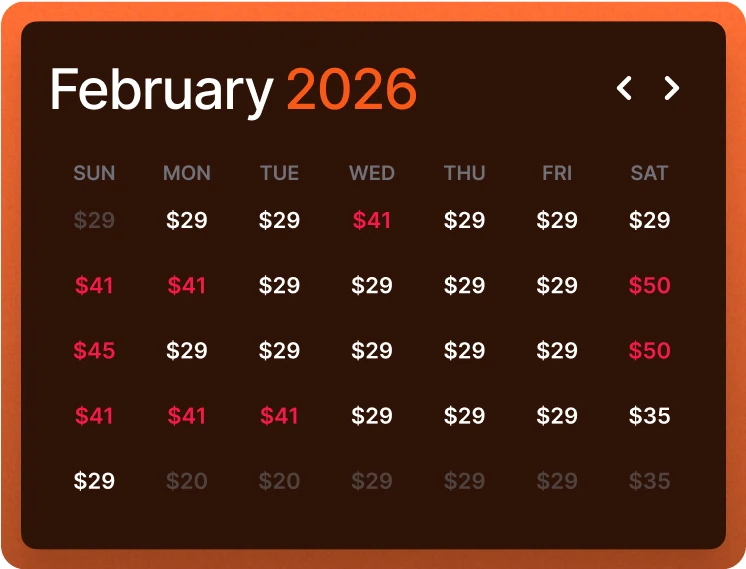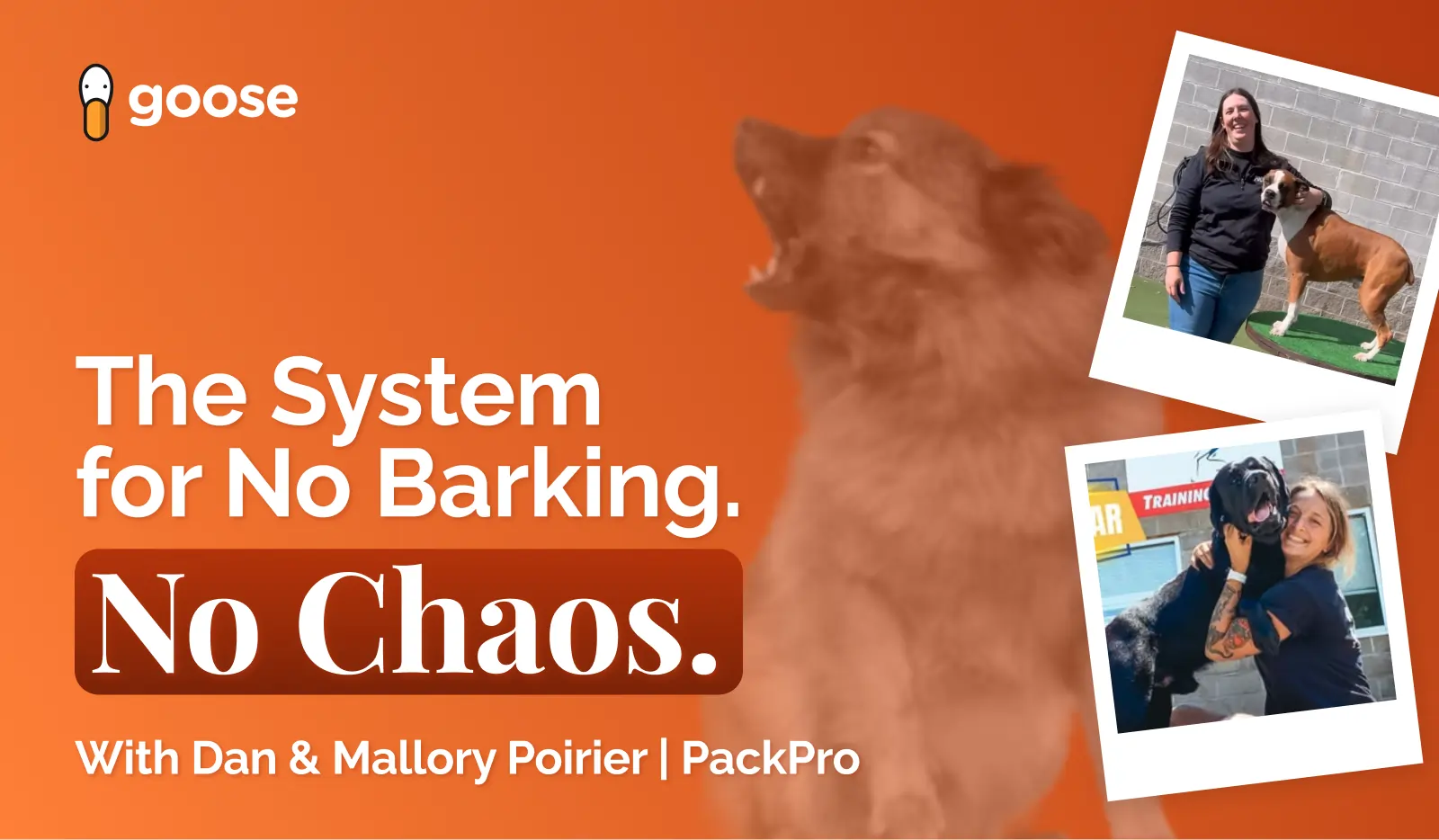
I recently sat down with a multi-location pet care provider to talk through their pricing strategy. They were in the middle of rolling out new rates while also introducing packages, two changes that can have a huge impact on customer perception and profitability. What stood out in our conversation was not just the tactical questions about dollars and cents, but the bigger themes around how customers react to pricing, how they make decisions, and how pet care businesses can guide that process.
Pricing in pet care is not just a back-office exercise. It is one of the most visible parts of your brand. It shapes the way customers perceive value, whether they lean toward base options or premium ones, and how much they are willing to spend beyond the nightly rate. The good news is that even small adjustments, such as spreading prices apart, simplifying options, or reframing packages, can have outsized effects.
Here are the key lessons that came out of that conversation, and how you can apply them in your own business.
1. Small Discounts Are Not Enough: You Have to Show the Value
2. Spread Out Your Price Tiers
One of the first things I noticed in this provider’s pricing sheet was that several room types were priced within a few dollars of each other: $72, $75, $76. To the general manager, those small increments may feel logical. To a customer, they are nearly indistinguishable. The risk is that people default to the cheapest option because the others do not feel meaningfully different.
By spacing rates more deliberately, such as $69, $79, $89, and $99, you create psychological steps that guide decision-making. The $69 customer is your price-conscious boarder who just wants somewhere safe and clean. The $79 and $89 tiers capture pet parents who want something extra but do not want to go all the way to the top. The $99 tier signals premium value, which appeals to customers who always want the best. Clear jumps make each option feel distinct.
This is not just about raising prices. It is about segmenting your customers so they naturally sort themselves into the tier that matches their willingness to spend. Instead of crowding everyone around the low end, you open the door for mid- and high-tier rooms to capture more revenue.

3. Use Base Rooms to Drive Add-Ons
4. Simplify Where You Can
It is tempting to create multiple variations of the same room type: traditional, deluxe traditional, junior traditional, and so on. While the business can see clear distinctions between these options, customers often can’t. To them, the differences blur together, which leads to confusion and decision fatigue.
In our conversation, we looked at traditional vs. deluxe traditional rooms. They were only a few dollars apart, and the distinction was mostly size. My recommendation was to merge them. By simplifying, you make the booking process easier for customers and give staff more flexibility to place pets where they will be most comfortable.
Every extra option adds friction. Simplifying does not mean reducing choice to the point of limiting revenue. It means presenting clear, meaningful differences that customers can grasp instantly. When in doubt, fewer, stronger options will outperform a cluttered menu every time.
.webp)
5. Pricing Is Never Set in Stone
Many pet care businesses think of pricing as something they revisit once a year. In hospitality, pricing is fluid. It should shift with demand, seasonality, and even booking channel. The beauty of online booking is that it makes these adjustments easy.
6. Do Not Overwhelm Customers with Add-Ons
7. Match the Flow of Booking to the Customer’s Mindset
Another issue that came up was the booking flow. In this case, grooming appeared before enrichment in the online checkout process. That meant customers saw a $100 grooming service before they had even thought about play or activities. The result was sticker shock that discouraged them from adding smaller, more frequent services.
The natural order in a customer’s mind is: choose a room, choose activities, then consider grooming as a finishing touch. When the booking flow matches that sequence, customers are more comfortable and more likely to add extras along the way.
This may sound like a small detail, but it is actually critical. Presentation shapes behavior. By aligning the booking process with how pet parents naturally think about their dog’s stay, you increase both satisfaction and revenue.

8. Packages Should Be Targeted, Not Universal
A common mistake is building packages for every single room type. The result is complexity without added value. In reality, not every room needs a package.
For entry-level rooms, packages are powerful because they drive add-ons and help differentiate what is otherwise a basic option. For premium rooms, one or two thoughtful packages are enough. High-spending customers are already motivated. You just need to make it easy for them to upgrade.
By targeting packages where they make the most sense, you simplify the experience for customers and ensure each package is serving a purpose. More is not better. Smarter is better.
.webp)
The Bottom Line
Pricing is one of the most powerful tools you have to influence customer behavior. It is not just about setting a number. It is about creating a structure that guides pet parents toward the choices you want them to make. Spread out your tiers so customers can clearly see the differences. Build packages that drive add-ons where you need them most. Keep your a la carte menu focused. And above all, remember that pricing is fluid.
The pet care businesses who embrace these principles are not just filling rooms. They are building healthier businesses, creating better experiences for pets, and ultimately capturing more of the value they deliver every day.



.webp)

.svg)




